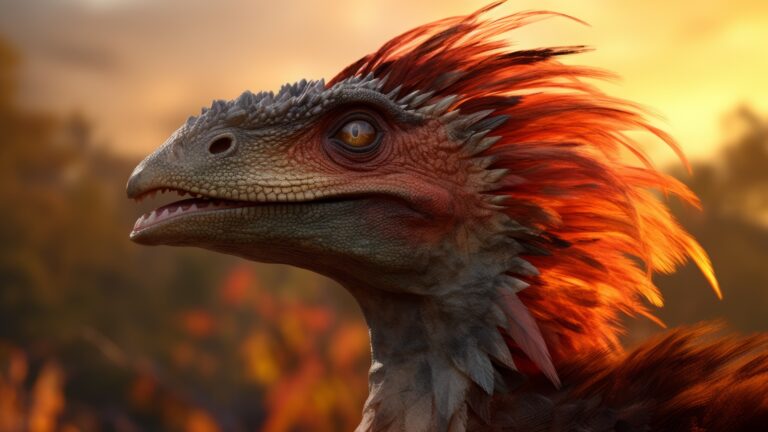Chemotaxis, the directed movement of entities like bacteria, immune cells, and ants in response to chemical signals, is integral to biological processes and medical research. This behavior is key in understanding disease mechanisms, aiding in the development of targeted treatments, and offers insights into ecological and evolutionary dynamics.
Chemotaxis Definition
Chemotaxis is the movement of an organism or entity in response to a chemical stimulus. Derived from Greek “chemo” (chemical) and “taxis” (arrangement or order).
Types of Chemotaxis
- Positive Chemotaxis: Movement towards a higher concentration of the chemical stimulus.
- Negative Chemotaxis: Movement away from a higher concentration of the chemical stimulus.
Chemical Gradients
Organisms detect and respond to chemical gradients, where the concentration of a chemical stimulus varies in the environment.
Signal Transduction
This involves detecting a chemical signal through a receptor and translating it into cellular movement, comprising a sequence of molecular events.
Mechanisms in Different Organisms
The mechanisms of chemotaxis vary among organisms, reflecting evolutionary adaptations. Bacterial chemotaxis differs fundamentally from that of mammalian immune cells.
Receptors and Sensitivity
Diverse organisms possess specialized receptors for detecting chemical signals, exhibiting varying sensitivities and responses.
Role in Biological Processes
Chemotaxis plays a crucial role in processes like immune responses, fertilization, and developmental biology, influencing ecological and evolutionary dynamics.
Ecological and Evolutionary Significance
Chemotaxis affects predator-prey relationships, mating behaviors, and is a significant factor in the evolutionary adaptation of species.
Integration with Other Sensory Systems
Chemotaxis often integrates with other sensory responses, such as phototaxis, forming a complex network influencing organism behavior.
Technological and Biomedical Applications
Understanding chemotaxis informs the development of targeted drug delivery systems and bio-inspired robotics.
Research and Applications
Implications in medical research, targeted drug delivery, artificial systems in robotics, and computing.
Historical Perspective
First described by Wilhelm Pfeffer in the late 19th century, observing spermatozoa movement towards chemicals released by eggs.





